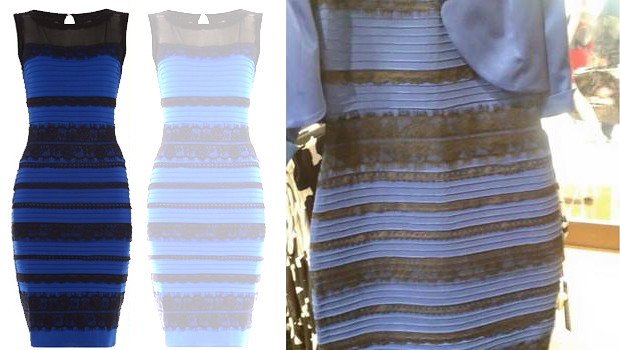In February 2015, the internet was afire with debate about a dress. #TheDress, as it became known, was a picture of a dress that people either saw as black and blue or gold and white. A matter of chromatic perspective, and certainly a problem with no right answer, #TheDress was the subject of heated debate for days.
It turns out that this phenomenon is the natural result of an important concept in evolutionary biology. Richard Dawkins introduced this concept in his 1976 book, The Selfish Gene. His main thesis was that it is more productive to consider the gene as the unit of replication rather than the organism. And in fact, Dawkins argues, the gene itself is not unique in being a replicator. A replicator is any entity that undergoes three specific processes: replication, variation, and selection. Dawkins goes on to say that many such replicators can exist in nature and that we should not restrict our thinking to include only the DNA-based kind.
Every leap to another brain is an instance of replication, and just like the children’s game telephone, bits of information may be lost or morphed with each transmission.
One such replicator is the meme. The word “meme” was coined by Dawkins himself in the same book. It is a word designed with etymological intention. Stemming from the Greek mimeme — meaning imitation — and shortened to a single syllable, the word itself is an ode to its conceptual forebear, the gene. While a gene spreads itself through gametes, like sperm or eggs, in the gene pool, “memes propagate themselves in the meme pool by leaping from brain to brain” in a process that could be described as imitation. Every leap to another brain is an instance of replication, and just like the children’s game telephone, bits of information may be lost or morphed with each transmission. The memes that appeal to their hosts’ sensitivities are more likely to be propagated to another brain, so as a weak meme replicates and loses its appeal, its ability to spread diminishes too.
Memetics researcher Dr. Susan Blackmore put it more casually, saying, “[m]emes are stories, songs, habits, skills, inventions and ways of doing things that we copy from person to person by imitation.” In a more formal sense, memes are information — the same as genes. The only difference is that they are stored on a different physical medium: DNA for genes and neural networks for memes.
Some scientists, however, go so far as to say that memes can be described as de facto living structures. They claim that a meme is literally a neurological symbiote, using the brain to propagate itself. Juan Delius, Professor Emeritus of Psychology at the University of Konstanz in Germany, said of the matter, “any cultural trait taken over by a given individual from another individual must accordingly be thought of as the transfer of a particular [neural] pattern […] of one brain to another.”
The memes that spread on the internet are the ones that trigger some form of action.
From this perspective, memes, such as #TheDress, become less a cultural phenomenon and more an instance of the predictable forces of evolutionary theory. Viewed as such, the spread of memes can be studied and modeled like viruses in the gene pool. It’s no coincidence that a popular meme is termed “viral.”
In classical evolutionary theory we would have to confront the question: In what way is #TheDress advantageous to the host, thus enabling it to spread? This turns out to be an irrelevant question, however, because in selfish gene theory, a meme (or gene) need not be advantageous to its host. It may spread because, in Dawkins’s words, it is “advantageous to itself.” A virus spreads because it hijacks its host’s cell-manufacturing machinery; likewise, a meme spreads because it hijacks its host’s decision-making ability. In other words, the memes that spread on the internet are the ones that trigger some form of action. The real question we must ask ourselves then becomes a different one: Are we in control of spreading memes or do they control themselves?
Source: 1
Image Source: Flickr





